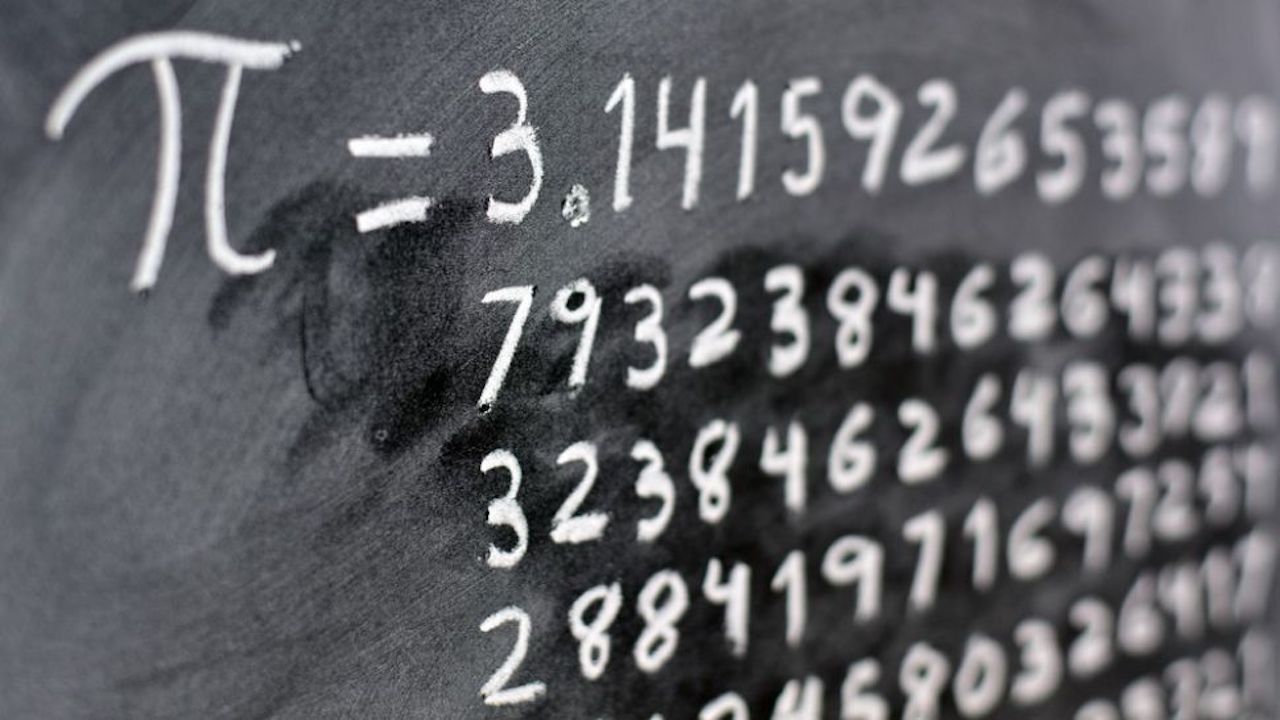The number of pi has been calculated to a record 68.2 trillion digits. Why?

Researchers from Switzerland intend to break the record for the accuracy of the value of the mathematical constant "pi" by using a supercomputer to calculate the famous number to 68.2 trillion decimal places.
What is pi?
Pi is the ratio of the circumference of a circle to its diameter. The name "pi" comes from the 16th letter of the Greek alphabet and has been used by mathematicians to refer to a constant since the early 18th century. The first 10 digits of pi are equal to 3.141592653, but this constant is a so-called irrational number, i.e. it cannot be expressed as an ordinary fraction and has an infinite number of decimal places.
What is the record?
On August 5, researchers from Grizon University of Applied Sciences in Switzerland announced that using a computer at the Data Analysis, Visualization and Simulation Competence Center (DAViS), they have broken the record for the accuracy of pi by more than 18 trillion decimal places. The record attempt has yet to be officially confirmed by the Guinness Book of World Records.
In 2019, Google's cloud computing system calculated the value of a constant with more than 31 trillion decimal places, and in 2020, Timothy Mullikan of Huntsville, Alabama, founder of the nonprofit North Alabama Charitable Computing, calculated 50 trillion decimal places using his personal computer, according to the Guinness Book of World Records.
What is it for?
Knowing more digits of the number "pi" is not particularly important for mathematics. However, calculating the value of pi with high precision has long been used as a benchmark for testing the computing power of computers.
The DAViS computer surpassed the previous record-breakers by increasing the amount of random access memory (RAM). Researchers plan to use the computationally advanced computer for computational fluid dynamics, deep learning and RNA analysis in the future.
Source: fhgr.ch